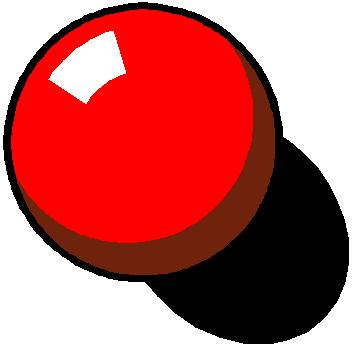
As people began to refine their YouTube video postings of all genres, educators began to see its potential for classroom use as a new and easy-to-use teaching tool. A study was conducted in the spring semester of 2008 to test the effectiveness of using YouTube as a teaching tool by assigning a sample of graduate students from King’s College and undergraduate students from Rowan University projects that involved creating a video tutorial on biology topics and posting it to YouTube (Fralinger and Owens, 2009). The students were later asked if they would use YouTube videos in their professions as educators, and it was found that “because most of the graduate students were also working in the field, they were able to see more potential benefits of incorporating You Tube into their respective professions” (Fralinger and Owens, 2009), and were thus more open to utilizing YouTube as a teaching tool. In fact, it had been embraced as such an effective means of conveying classroom information that the University of California in Berkley uploaded videos of full courses available on YouTube in October of 2007, becoming the first university to do so.
This incredible means of communication and information-sharing didn’t escape the attention of the political world. The opportunity to connect younger generations of voters to political candidates and making information more readily accessible and understandable was an irresistible, and so beginning in May of 2007, “CNN and YouTube joined together to sponsor two nationally televised presidential primary debates” (McKinney and Rill, 2009). The goal was to “to determine if a debate message specifically tailored to young voters, utilizing the very methods of communication familiar to young citizens and incorporating young citizens in the debate dialogue, can foster heightened attitudes of political engagement” (McKinney and Rill, 2009). The results were astounding. Young people responded enthusiastically; nearly 8,000 video questions were posted on YouTube directed towards political candidates running for president in both the Republican and Democratic debates, 60% of which were submitted by citizens under the age of 30.
| Back | Homepage | Table of Contents | Next |